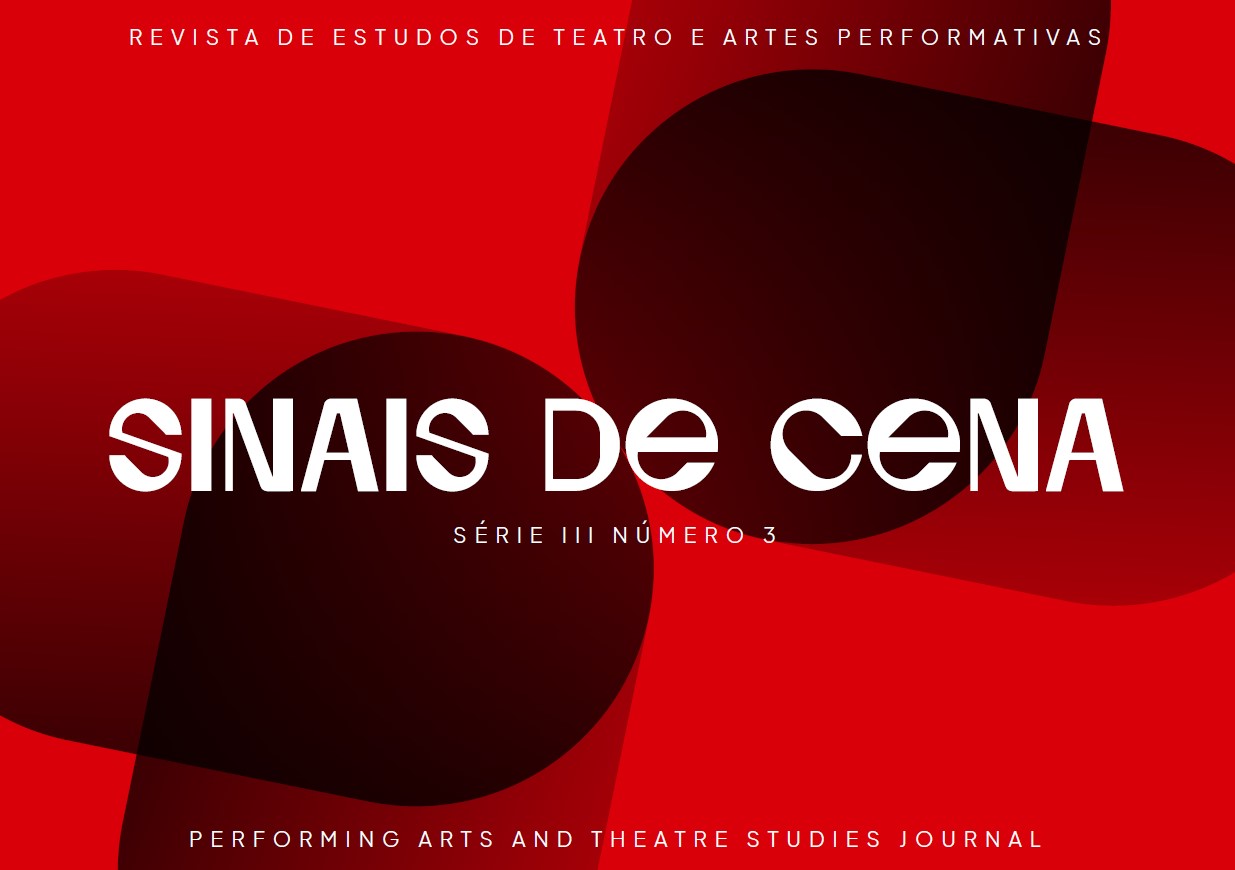What is close-up magic? A contemporary modality in the art of magic
DOI:
https://doi.org/10.51427/cet.sdc.2024.3.3.11Keywords:
close-up magic, contemporary, magic, definitions, artistic practiceAbstract
Nowadays, close-up magic is the most widespread branch of illusionism. Its representations are easily recognizable and cover a wide variety of styles disseminated in different landscape and media. The singularity of this art, defined in the magic field in a synthetic way, stimulates to investigate in greater depth its foundations and its essential principles. In the first instance, it is necessary to survey and systematize the terminological range of the specialty. Then, using a comparative method, it is necessary to establish significant cross-references between the specific bibliography, direct observation and the testimony of the protagonists. From this initial arrangement, it is possible to analyze the practical and theoretical implications derived from close magic, which encompass not only the artistic sphere but also the social, ideological and cultural dimension. The research from various fields of knowledge, such as anthropology, theater studies, sociology, psychology and philosophy, provide appropriate concepts that contribute to the expanded definition of close-up magic. The development and partial results contained in this article are an advance of a work in progress for the doctoral thesis in Arts of the UNA (Universidad Nacional de las Artes, Bs. As.).
Downloads
Downloads
Published
How to Cite
Issue
Section
License
Copyright (c) 2024 Miguel Nigro

This work is licensed under a Creative Commons Attribution-NonCommercial-NoDerivatives 4.0 International License.
Authors who publish in Sinais de Cena will release their contributions under the Creative Commons — Attribution-NonCommercial-NoDerivs 3.0 Portugal — CC BY-NC-ND 3.0 PT: “Licensees may share, copy and distribute the material in any medium or format, under the following terms: 1) You must give appropriate credit, provide a link to the license, and indicate if changes were made. You may do so in any reasonable manner, but not in any way that suggests the licensor endorses you or your use. 2) You may not use the material for commercial purposes. 3) If you remix, transform, or build upon the material, you may not distribute the modified material".









